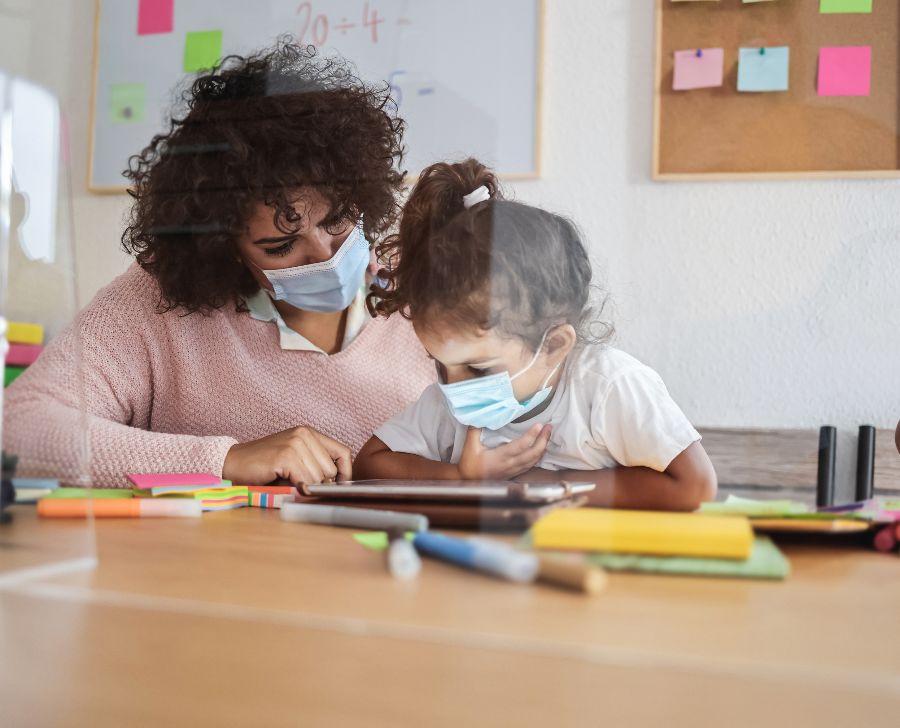
Now that the dust has settled and most students are back in the classroom, it is time to resume a vital activity—teacher observation of students, which proved hard, and in some cases impossible, through the image of a computer screen. As educators, we are well-positioned to observe students in the classroom. Observation of individual students provides an opportunity to gain insights on learning styles and detect potential learning and behavioral difficulties. Careful observations can inform us of students’ strengths and weaknesses, likes and dislikes, personalities, and sensibilities. And, most importantly, observations can expedite solving problems before students start to show avoidance or acting-out behaviors. However, Michael Linsin, a prolific author on education, reminds us that teachers are busy with numerous tasks such as preparing curriculum, helping students, giving directions, and responding to incessant interruptions, resulting in limited time to perform observations. Additionally, some teachers lack the proper training to perform class observations.
Observation requires a teacher to pause, pay attention to students, and suspend judgment. Mental or written notes should be analyzed to find an explanation for what we see. Interpretation, which follows observation, can be challenging. Two students exhibiting opposite behaviors, such as shyness or loquaciousness, can be uncovering the same difficulty—an insufficient grasp of the educational material. Teasing the subtleties takes time and effort; but the more we observe, the better we become at understanding students. Here are some examples:
A third grader, Edith (not her real name), dreaded the last hour of class when students played online Hebrew reading games. Edith would grab her tablet, sit, and stare at the screen, or ask to get a drink. The teacher discovered that Edith was not proficient in using a tablet, a problem that the teacher was quick to solve.
A first grader, Max (not his real name), would rush to the front of the line every time students lined up to go to a different room, provoking complaints from his peers, who also wanted to be line leaders. After one week of observing Max’s behavior, the teacher realized that Max wanted to be at the head of the line to hold the door for others, which made him feel he was doing something good every day.
Taking time to observe individual students is not wasted time. Decisions made based on observations lead to better solutions and fewer disruptions. Above all, educators will not cease to be amazed at what one learns every time one observes.
Dr. Alicia Gejman
